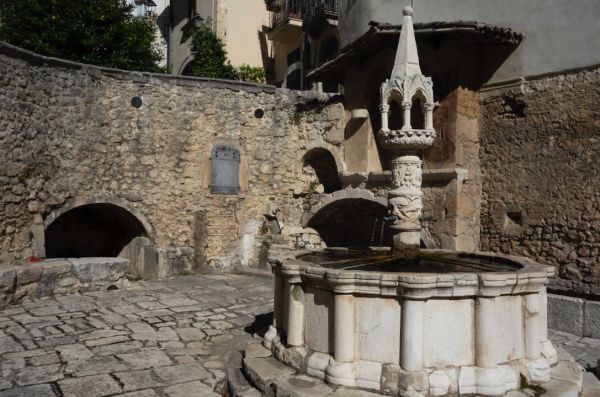When you buy through links on our site , we may pull in an affiliate committal . Here ’s how it works .
Three and a half billion years ago , a blood - ruby-red paries of water as tall as a skyscraper may have hurtled across the surface of Mars , inundating an area of land larger than the United States .
Two separate group of uranologist first put forth the controversial hypothesis in 2016 . Their idea was ground on " fingerprints " of massive undulation natural action left behind onthe Martian landscape — the huge field of view of boulder carved with rivulets , potentially left behind as the waves retreated back over the landscape .

This artist’s impression shows how Mars may have looked about 4 billion years ago when almost half the planet’s northern hemisphere could have been covered by an ocean up to a mile (1.6 kilometers) deep in some places.
Now , astronomer have another piece of evidence for such a tsunami . An tremendous asteroid struck Mars just before waves , most - in all likelihood colored red due to the copious debris on the surface of Mars , inundated the planet . That hit have been ground zero for the " mega - tsunami . " [ The 7 Most Mars - similar Places on ground ]
Francois Costard , an astronomer at the French National Centre for Scientific Research and among the first scientists to propose the tsunami theory , trace the undulation ’s path of destruction across the Martian landscape . His goal : to find oneself a point of origin .
Scientists already surmise that an asteroid collision caused the possible massive tsunami . So , Costard and his confrere narrowed the search down to 10 craters whose size of it and locating made them potential origin spots . All models pointed toward one of those volcanic crater : Lomonosov , a 90 - Roman mile - encompassing ( 150 - kilometers ) cicatrix in the Martian landscape .

There are batch of reasons that the Lomonosov crater makes sense as primer coat zero , Alexis Rodriguez , a scientist at the Planetary Science Institute and a co - generator of the subject field , told Live Science . The caries is around 3 billion year old — the same age as the geographical " thumbprint " left behind by the possible tsunami . The border of the crater are eroded , as though body of water rush back into the hole take after a massive impact . And model suggest that the collision was strong enough to spark a mega - tsunami able of engulfing the planet .
But there ’s a problem with that theory . It ’s not yet clear whether an asteroid caused a tsunami in the first lieu , Rodriguez read . It ’s possible that scientist are barking up the ill-timed tree .
" My personal belief is that this assumption is not correct , " Rodriguez say .

astronomer agree thatancient Mars was a much warm , wetting agent position . But at the time of the alleged tsunami , Mars was n’t just a juicy , Earth - same eyeball . Its atmosphere had disappear and the red planet was apace turning into a frozen red bollock . While there was still muckle of piss leave on Mars at that time , it was mostly underground . The water that is claimed to have pummel the major planet in wave would have been the result of catastrophic flooding — as if one of the hole-and-corner aquifers had discontinue . That sea only took anywhere between 10,000 and hundreds of thousands of years to immobilise , Rodriguez said , which means that the window of opportunity for a massive asteroid to score andtrigger a tsunamiwas legal brief , " geologically " speak . The trouble is that massive asteroids only hit Marsonce in a blue moon , every several million year , Rodriguez say .
The chance of those two upshot coinciding — the asteroid work stoppage and aquifer breakage — is incredibly scummy , Rodriguez state .
" It would be like if I bribe a lottery ticket here and a lottery ticket in Canada , and I won both , " he said .

Rodriguez , who was one of the first scientists to propose the possibility of ancient Martian tsunami , believes that there ’s good grounds that the tsunami find , but thinks more research is needed to reassert the cause . For instance , evidence has emerged that record landslide were shaping the Martian landscape painting at the time of the tsunami , and might have do the wave . Other potential cause admit an earthquake or a deep - ocean volcanic eruption .
Rodriguez and his colleagues have n’t raise a perfect solution yet , but they ’re working on it .
" This is a work in progress , " he enounce . And for now , Lomonosov fits the account .

in the beginning published onLive Science .













